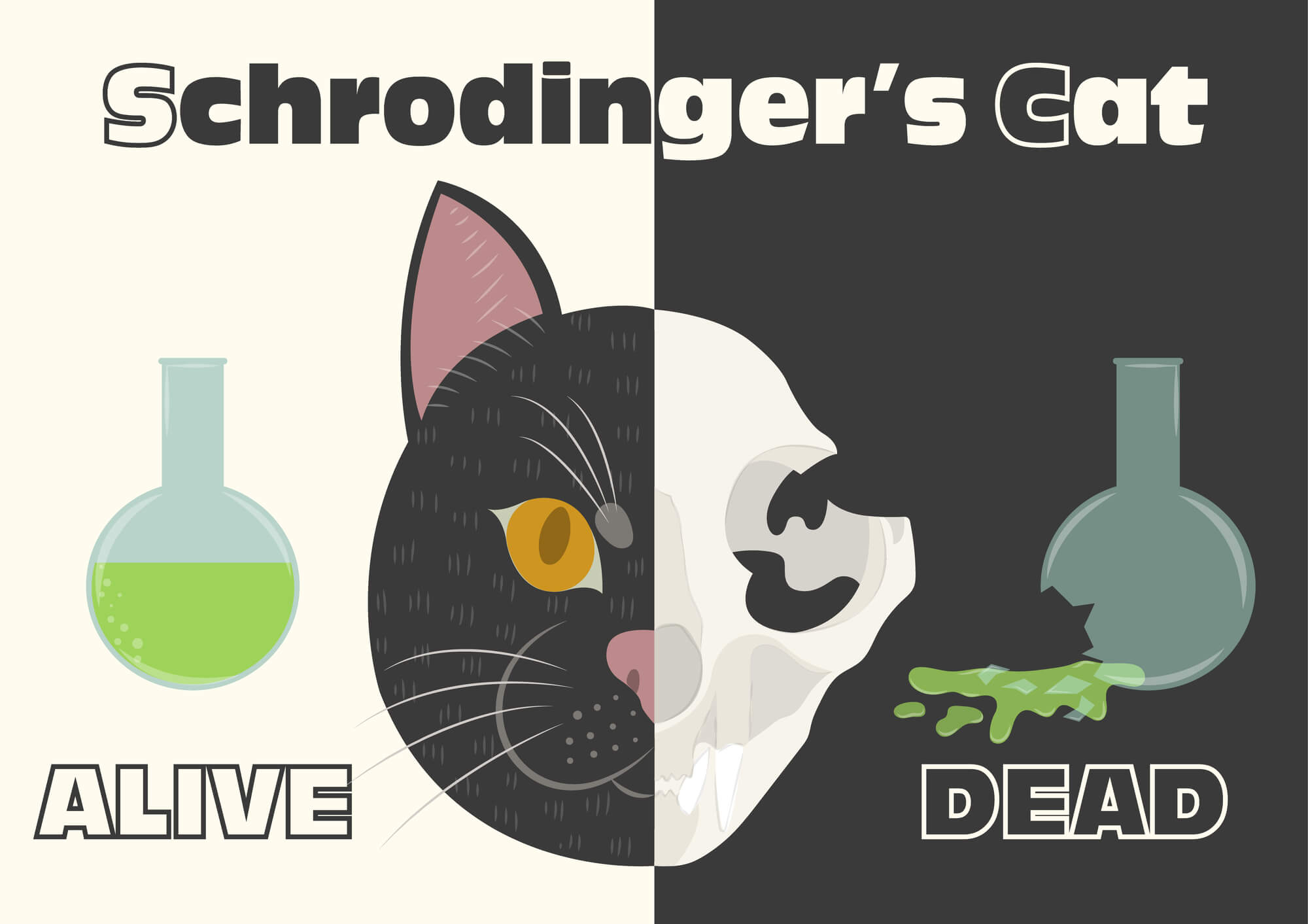In existing quantum computers, qubits are like a cat locked in a box with poison that has a 50% chance of being released, so the cat is both "alive" and "dead" until the box is opened. The last experiment can be compared to a situation where four events - "the cat is dead or not", "the poison is released or not", "the poison is emitted or not", "the atom is triggered or not" - occur in the superposition of four different time orders at the same time

Researchers at the Technological Innovation Institute (TII) in the United Arab Emirates have shown a new quantum computing technique in which changing the order of events can help find solutions to a new type of problem. This is a new approach to the phenomenon of quantum superposition which was previously applied to the state of the quantum bits in qubits, but not to the order of events.
Technically, it does not reverse the causal order of events that have already occurred. "It would be like time travel to the past, which is impossible," said TII's Leonardo Aulita, director general of quantum algorithms, who is a co-author of the research paper. The Institute for Technological Innovation worked on this article in collaboration with an international team of researchers from Chile, Brazil, France, Spain and Switzerland.
“We cannot use this process for general use cases. It's like a paper tape that is routed to different agents who read and write instructions in a different order at the same time," he explained.
Even ordinary quantum computers (in which the quantum gates have a defined time order) are based on quantum superpositions. The difference is that they use superpositions of different qubit states but not superpositions of different order of the gates. In this new approach there is a circuit where the connections between the different gates (the quantum equivalent of cables connecting different transistors in the circuit) are themselves in a state of quantum superposition.
Aolita said: "It's like raising the superpositions and interweaving to one level in the hierarchy. Standard quantum computers use superpositions of the qubit states. What we are doing uses the entanglement of the states of the qubits plus the entanglement of the order in which the operations in a quantum circuit are applied to the qubits."
Now that the researchers have demonstrated the viability of the technique in practice, the scientific community can begin to find a way to use it. People have studied causal superpositions in theory and shown how they might work in the simplest use case of just two events in superposition. But no one has considered a state of more events, where the potential for new applications is greatest.
This study takes the classic example, Schrödinger's cat, to a new level. In existing quantum computers, qubits are like a cat locked in a box with poison that has a 50% chance of being released, so the cat is both "alive" and "dead" until the box is opened. The last experiment can be compared to a situation where four events - "the cat dies or not", "the poison is released or not", "the poison is emitted or not", "the atom triggers or not" - occur in the superposition of four different time orders at the same time.
Aolita hopes that a research activity to demonstrate these processes in a working device will inspire mathematicians and computer scientists to discover a practical application for this new effect. He said: "Our new method serves as a starting point for exploring new algorithmic applications in this new and unconventional quantum computer paradigm, from which we expect practical applications to emerge."
Research on quantum superpositions of causal orders is at the same stage as quantum computers were before Peter Shore discovered a workable algorithm for factorization, with applications such as code cracking. "We want to find the Shor algorithm of the quantum superpositions of the causal orders," Aolita said.
More of the topic in Hayadan:

5 תגובות
It seems to me that the order of events should be reversed, maybe it will be more understandable:
"The atom arouses or not"
"The poison is emitted or not"
"The poison is released or not"
"The cat is dead or not"
I did not understand anything.
suggests to the writer Blizovsky
write about things he can
explain.
Also suggests talking less about
Quantum algorithms.
In my opinion, the articles on this topic are not
conveying information to the reader.
What nonsense is sometimes advertised as "research". Academics who never left university.
So what did we say here? That we had to go the whole quantum round in order to say that it is 50% in a state of life or death? We could have said this without the quantum devavin, and besides, it is enough with "living and dead at the same time" this is not true and does an injustice to the quantum theory and its understanding. A position of both living and dead. Quacks!!!
Heart = G5
poached
our